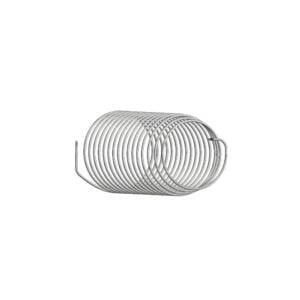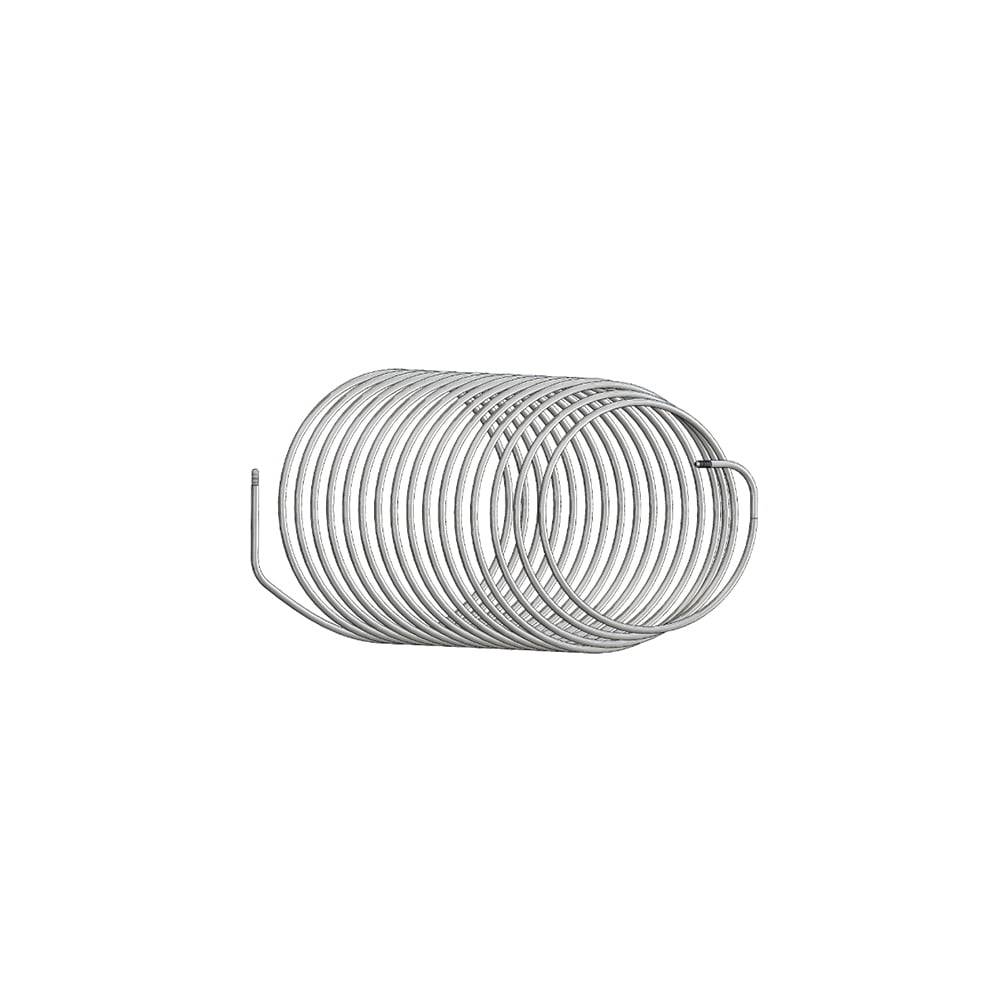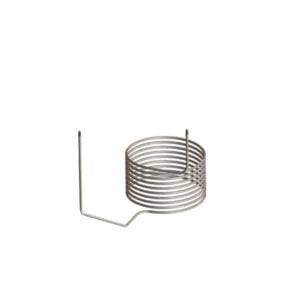Описание
Детали гидроабразивных ячеек для роботов
Item number: 103876 Coil Axis 4,5,6 Up & Down IRB 2400
Подробностьs: используется на манипуляторах роботов ABB
Win-Win предоставляет решения для гидроабразивной резки роботов, детали ячеек для гидроабразивной резки роботов и т. Д.

Related robot waterjet cutting workstation & Детали гидроабразивной ячейки робота:
Роботизированный Система гидроабразивной резки & Детали гидроабразивных ячеек для роботов: Yaskawa robotic waterjet workstation and Robot Waterjet Cell Parts, Dual Fanuc robotic waterjet workstation and robot waterjet cell parts , ABB robotic waterjet workstation and robot waterjet cell parts.




FAQ of platform waterjet machine & robot waterjet system & Детали гидроабразивной ячейки робота:
Robotic waterjet vs robotic laser cutting for helmet cutting?
Robotic water jet cutting and robotic laser cutting have different features and advantages for helmet cutting, here is a comparison between them:
Robotic water jet cutting:
Principle: Robotic water jet cutting is a technology that utilizes high pressure water jets for cutting. The water jet generates a high-speed stream of water through a nozzle and cuts the material by impacting and grinding.
Advantage:
Wide range of application: water jet cutting is suitable for almost all materials, including metals, plastics, composites, etc., so it can be applied to different materials in the helmet.
No heat affected zone (HAZ): Since there is no heat effect during water jet cutting, it can avoid material deformation, melting or thermal cracks, and maintain the material strength and performance of the helmet.
High precision: Water jet cutting allows for high cutting precision and accuracy, capable of handling complex shapes and fine details.
Relatively Safe: Water jet cutting has no laser radiation and is relatively safe for the operator.
Robotic Laser Cutting:
Principle: Robotic laser cutting is a technology that utilizes a laser beam for cutting. By focusing and high energy density, the laser beam can heat and melt the material in a short period of time, enabling cutting.
Advantage:
High-speed cutting: laser cutting is fast and can realize high efficiency cutting, which is suitable for mass production needs.
High precision: laser cutting can achieve high cutting precision and detail, suitable for helmet parts that require fine processing.
Non-contact cutting: laser cutting is a non-contact cutting technology, which can avoid direct contact with the workpiece and reduce physical deformation and damage.
Automation and programmability: Laser cutting can be integrated with robotic systems for automated and flexible operations that can be programmed and controlled as needed.
Choosing the right cutting technology depends on the specific application needs, material type and cutting requirements. For helmet cutting, water jet cutting may be more suitable if different types of materials and shapes need to be handled. And if high speed, high precision and mass production are required, laser cutting may be a better choice. The final decision should be evaluated based on the actual situation and needs.




